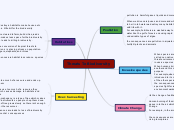jonka Ethan Patterson-Gaudette 3 vuotta sitten
204
how does settalment affect the envirment
Urbanization and population growth significantly impact the environment through various forms of pollution and habitat destruction. Air pollution is a major concern in cities, as a substantial portion of urban residents breathe contaminated air, affecting public health.









